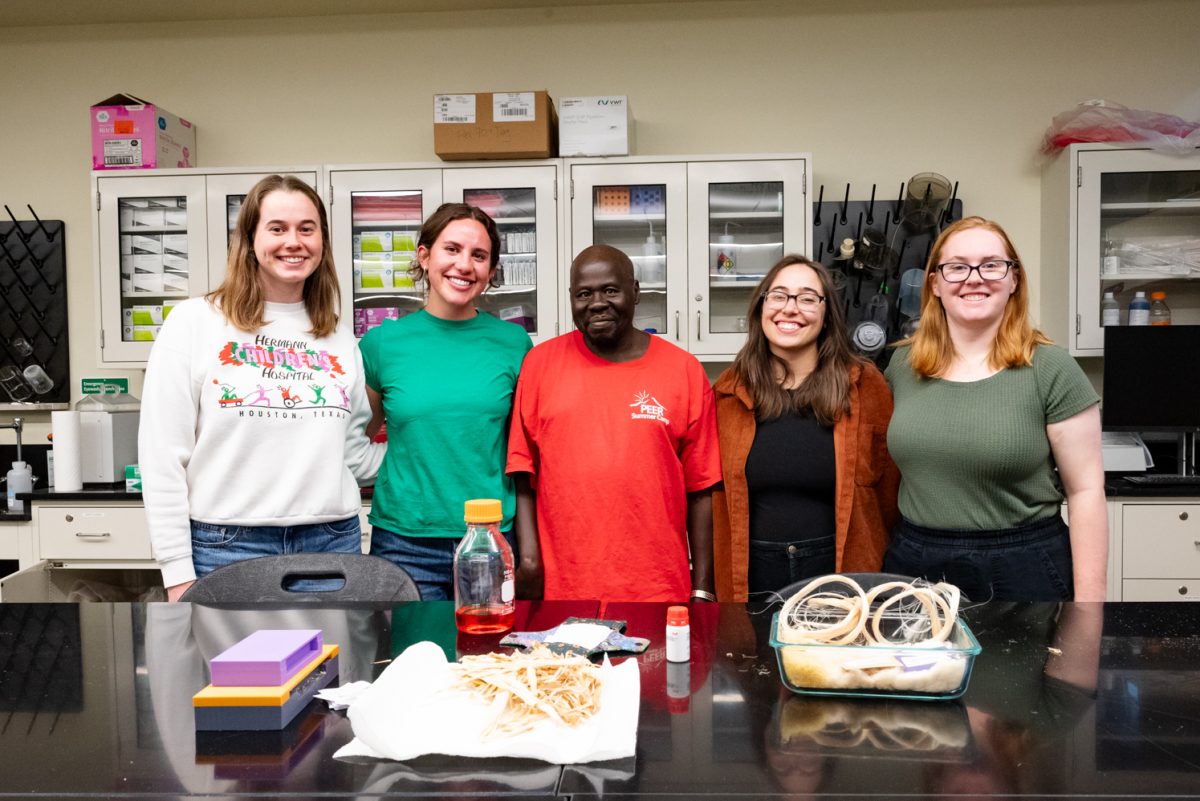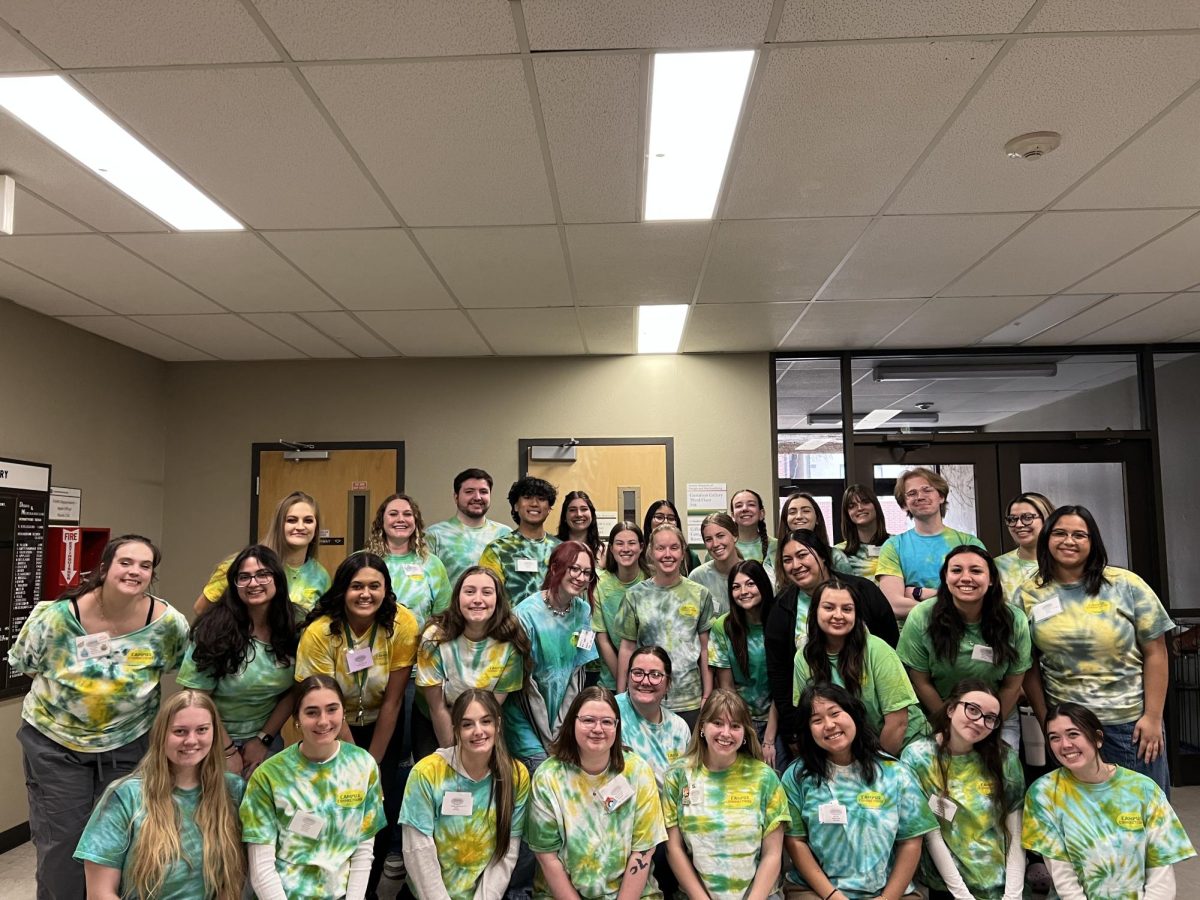Results from the NASA Twins Study came out this week, and a Colorado State University professor played a big part in it.
Dr. Susan Bailey is a radiation biologist at CSU and was part of one of the ten studies that was used in NASA’s Twins Study on Scott and Mark Kelly.
Her research involved comparing the telomere lengths of the twins over time with her hypothesis being that the telomere length of Scott, who spent nearly a year in space, would shorten while Mark’s telomeres would shorten at the normal length for someone on Earth.
“We went into the study hypothesizing that all the different stresses that astronauts are under, really unique stresses, would act to accelerate telomere loss,” Bailey said. “Scott, compared to his brother, would lose telomeres faster because of the stresses associated with spaceflight.”
The research, however, showed the exact opposite.
Scott Kelly spent 340 days on the International Space Station while his identical twin brother, Mark Kelly, spent the same time on Earth. Their telomeres were measured four times over the course of the study: once before the mission, twice during the mission and several samples for up to nine months after Scott came back to Earth.

During his time on the ISS Scott’s telomeres actually got longer.
“What we saw in the samples that we got from Scott Kelly was an indication of an increased average length of telomeres,” she said. “We also saw a shift in more cells with longer telomeres that helped convince us that it was a real thing.”
Despite the results, or perhaps because of them, Bailey cautions that they are not final.
“It’s just preliminary results, our first go at it,” she said. “We’re proceeding cautiously.”
“Our next step will be to look at the results from the other investigations that are going on and see if we can’t find some correlations that would help us to better understand what happened to make longer telomeres,” she said. “We’ll be very interested to look at what others saw in the genomics studies, we want to go into that database that they’re building.”
According to Bailey, the Twins study was a step forward for NASA.
“This was the first time that NASA has gone into the business of ‘-omics,’ where you’re doing sequencing. They’re getting genomic information, they did proteomics, metabolomics, microbiome. They did a lot of genome-wide types of studies,” she said.
“Our telomeres study is a bit different in that it’s not genomics but it still fits into that molecular picture that we’re painting of the twins.”
Bailey does not expect any studies to be conducted on the twins again, due to their retirement, but she does hope that studies like this will conducted in the future.
“As astronauts go deeper into space and go towards Mars,” she said, “the hope would be that they do some of these same studies so that we don’t just have one individual, so we can add some of that to the study.”
Even though it is unlikely that there will be another study on the Kelly twins Bailey is excited about another project she has that is looking at ten unrelated astronauts that is looking at the same telomerase activity. With that study she hopes to increase and improve the information so that they can start to assign significance to it.
Collegian reporter Stuart Smith can be reached at news@collegian.com or on Twitter @notstuartsmith.











